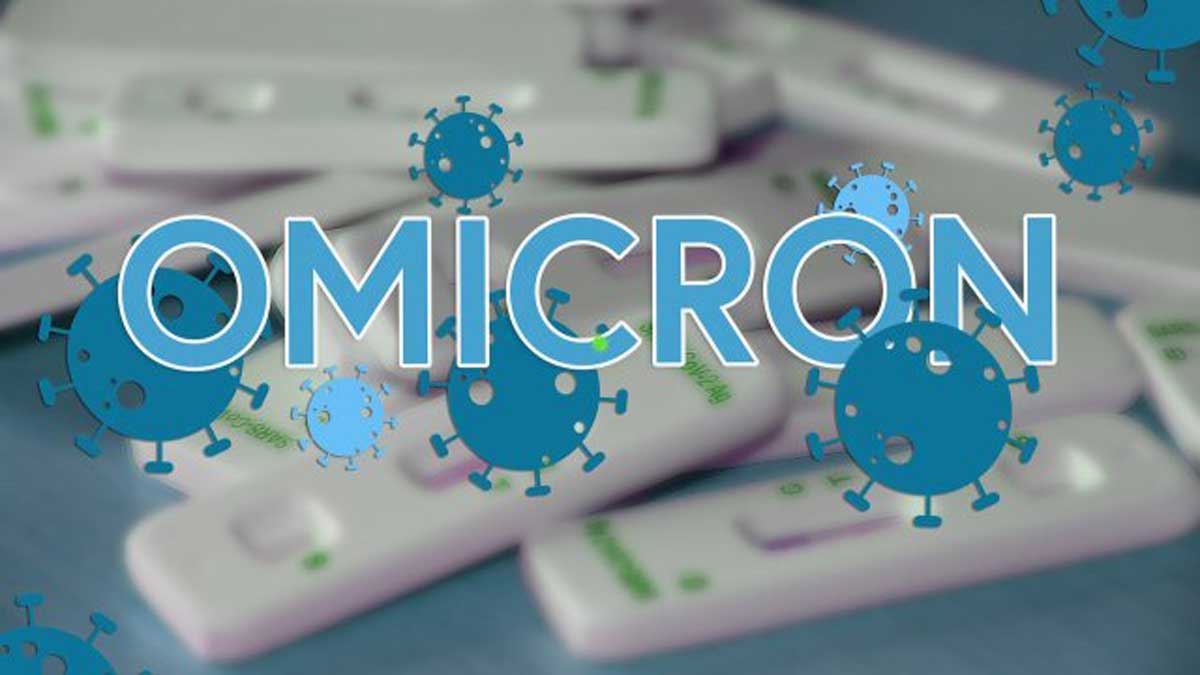We have never been more exposed to the coronavirus: Omicron infections continue to rise. But how do we even know that we are with Covid-19? What are the symptoms of an Omicron infection, how to treat yourself, when to seek medical attention and what to look out for in isolation?
The most common symptoms are cough (42%), runny nose (31%) and fever (26%). Headaches, joint pains, fatigue, and sometimes frustration are also possible. Because many of the symptoms are similar to those of the common cold, testing remains the most reliable way to detect a coronavirus infection.
In contrast to delta infection, Omicron often has anorexia and night sweats. Almost no loss of taste.
When the test is positive
When infected, you should do the same as in other similar situations: ibuprofen and paracetamol help to reduce the temperature and relieve pain. Patients at risk are best contacted quickly by their family doctor, and people with a booster dose of the Covid-19 vaccine are known to be able to eliminate high levels of viruses in the body.
If the temperature exceeds 39.5 degrees or shortness of breath occurs, you should contact your personal doctor to examine the lungs and check blood oxygen saturation.
Hygiene at home
Tests, handkerchiefs, and other hygiene materials used by infected individuals should be disposed of in a resealable plastic bag. It is important to ensure that other people do not come into contact with contaminated waste.
Coronavirus is no more resistant to external influences than other causative agents of colds. Therefore, it is enough to wipe the surfaces in the house with an ordinary detergent – the use of disinfectants is not necessary. As for the dishes used – even with it it is enough to walk in the dishwasher. Bedding and clothing worn by an infected person should be washed in a washing machine.
When are we most contagious?
As with most viral infections, the incubation period is three to six days. There is reason to believe that this period for Omicron is somewhat shorter than for Delta.
It is difficult to determine the exact period of time during which a person becomes infected for others. However, the risk of transmission is thought to be highest shortly before and immediately after the onset of symptoms.
The higher the concentration of viruses in an infected person, the more viral particles he exhales. And that increases the chance of infecting someone.

